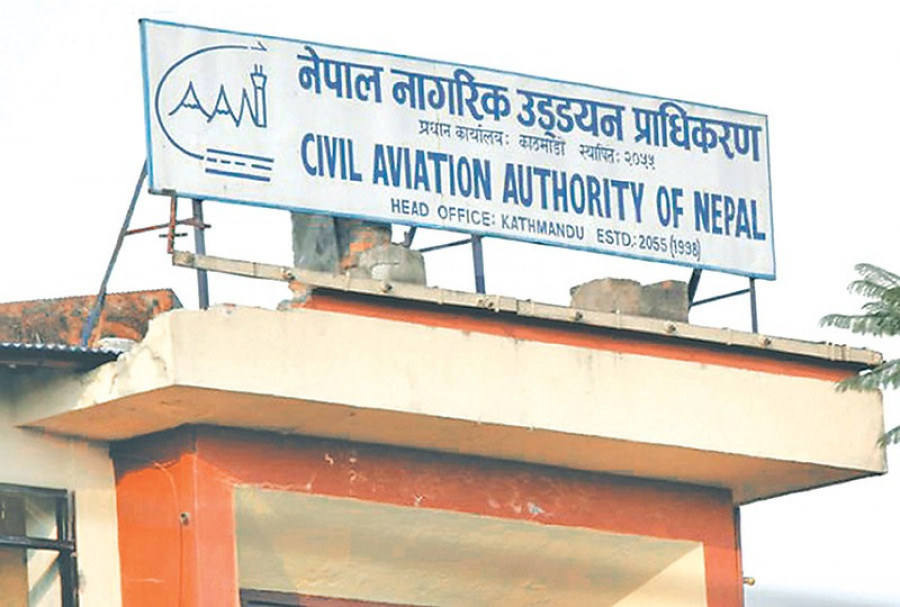Editorial
CAAN’s crimes
There is no better time than now to split it into regulatory and service provider arms.
Air-worthy aircraft don’t just fall off clear skies as the Yeti Air aircraft did on Sunday. Something, somewhere went terribly wrong. The real cause of the accident that killed at least 69 people will be known only after the official probe committee completes its job. But no more probes or studies are needed to categorically say that Nepal has failed to do even the bare minimum to make its skies safer. The most obvious way to do so would be to split the Civil Aviation Authority of Nepal (CAAN), the country’s civil aviation regulator. The body currently wears two hats: in addition to its regulatory role, it also acts as a service provider. This creates a huge conflict of interest. For example, as a regulator, it is supposed to ensure the air-worthiness of all aircraft flying in domestic routes, an issue directly related to passenger safety. As a service provider, it operates all of the country’s airports, in which role it is concentrated in profit maximisation. This coupling of passenger safety and profit maximisation can have all kinds of unintended consequences.
The continued concentration of these twin powers in the CAAN is the main reason the European Commission in December 2013 imposed a blanket ban on Nepali airlines from the 27-nation bloc. The United Nations aviation watchdog ICAO has also asked Nepal to split the civil aviation body. This is something that has been under discussion for the past decade and a half. Most recently, on March 1, 2022, the Parliament Secretariat had included two aviation bills in the agenda for a meeting of the lower house. But the then tourism minister Prem Ale suddenly pulled back the bills, as some employees of the aviation regulator were opposed to the planned fragmentation of their office. Parliament was subsequently prorogued, and the proposed pieces of legislation were once again put in deep storage.
There have already been far too many possibly preventable deaths in Nepali skies. Since 1955, in a total of 104 aircraft crashes, 915 people have lost their lives. Yet senior politicians and bureaucrats continue to stymie a life-saving reform. Nepal had over the years been lobbying with the European Commission to lift its ban on Nepali airlines. Good luck with that now. The clearest possible indication that the country is serious about improving its air safety would be to at once bifurcate the CAAN—which could also get it off the commission’s black list.
The government’s lack of action on this is frankly criminal, putting the lives of up to four million people who fly in Nepal’s domestic routes every year on the line. The country has looked to add airports in its bid to invite more tourists. Yet little has been done to improve passenger comfort and safety. For instance, even the new airport in Pokhara was opened hastily without completing a vital safety evaluation, just so the new prime minister could inaugurate on assuming office. As the country mourns the dead from the worst domestic air disaster in its history, this is the perfect time to push for the CAAN’s split. There could perhaps also be no better tribute to all those who lost their lives on Sunday.




 12.12°C Kathmandu
12.12°C Kathmandu












%20(1).jpg&w=300&height=200)

